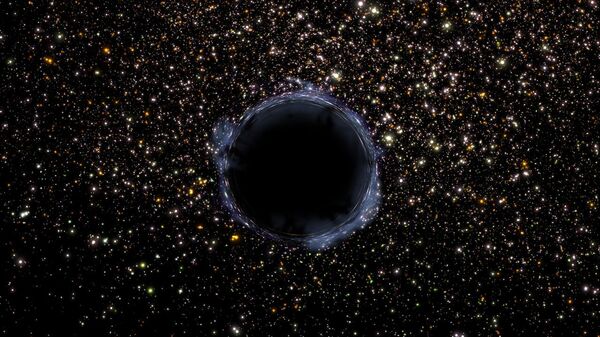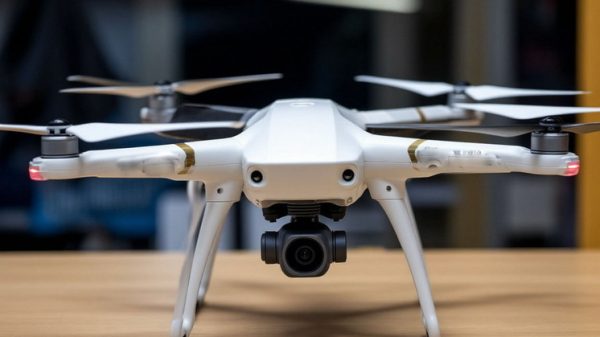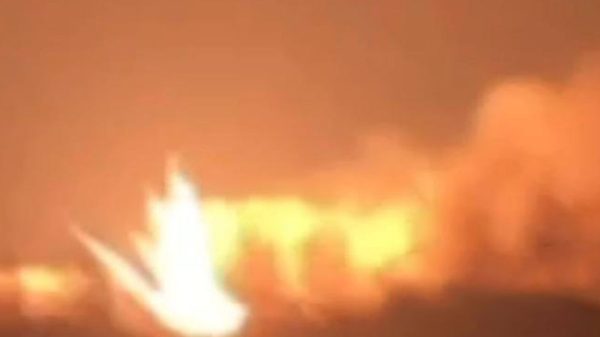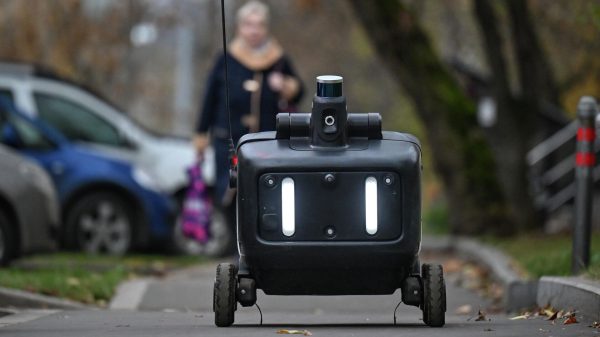
MOSCOW, December 14, Tatyana Pichugina .The hypothesis of a mysterious massive object on the outskirts of the solar system is increasingly attracting the attention of astronomers. It is not yet clear whether it is a planet or a primordial black hole. Russian scientists have proposed a new way to search for the invisible prisoner of our star.
The mystery of trans-Neptunian orbits
In 2016, American astronomers Michael Brown and Konstantin Batygin hypothesized that another planet is revolving around the Sun in a distant orbit. This would explain the anomalies in the Kuiper Belt, the region beyond Neptune where small icy bodies, including Pluto, are concentrated. It was excluded from the list of full-fledged planets even earlier, in 2006, by the decision of the International Astronomical Union and transferred to the category of dwarf planets.
Observations have shown that some of the inhabitants of the Kuiper belt have orbits that are not random, but are connected in a certain way—correlated. Scientists have suggested that they are affected by the gravitational force of an unknown body, which is located 300-500 times farther from the Sun than the Earth, and five to a maximum of ten times more massive than it.
This could be a super-Earth — a special class of exoplanets. In this case, it formed in another system and was captured by the Sun during its approach to the parent star or as an “orphan” planet free-flying in the Galaxy. This celestial body, not yet discovered, is called by astronomers the ninth planet — instead of Pluto.
In 2019, Jacob Scholz from Durham University and James Unwin from the University of Illinois proposedto look for a primordial black hole (PBH) instead of a planet. The problem, however, is that it cannot be seen directly — it can only be noticed by the strong gravitational field.
Russian scientists Yuri Eroshenko from the Institute of Nuclear Research of the Russian Academy of Sciences and Elena Popova from the Main (Pulkovo) Astronomical Observatory of the Russian Academy of Sciences have found a new way to observe an invisible object — by observing cosmic dust near the Earth’s orbit.
“There is a possibility that part of the dust was ejected from the orbit of Neptune by the gravitational field of the ninth planet or primordial black hole and flew to Earth. The speed of this dust component should be one and a half times greater than that of ordinary cosmic dust particles. It is also possible that this dust is different from the usual one in chemical composition. It is possible that further research will help to isolate the anomalous component. Then it will be possible to conclude that there is a massive object on the periphery,» says Yuri Eroshenko.
What are primordial black holes
According to one hypothesis, primordial black holes were born in the young Universe even before the emergence of the first stars and galaxies. According to scientists, this version is supported by the existence of early quasars, as well as the recent discovery of supermassive black holes at high redshifts by the James Webb Telescope. The mechanism of primary black hole occurrence is unclear.
“In one of the popular models, they arise as a result of collapses of density condensations in the primary cosmological plasma — from a mixture of ultra-relativistic particles. Figuratively speaking, from light that condenses, becomes denser and becomes black. There is also a beautiful Sakharov-Rubin-Khlopov model, which predicts the birth of entire placers of primary black holes — clusters,” says Eroshenko.
Primary black holes were first predicted by Soviet physicists Yakov Zeldovich and Igor Novikov. Their article was published in 1966 in the Astronomical Journal. At that time, the publication was little known in the West, the scientist explains, therefore, when five years later Stephen Hawking independently put forward a similar hypothesis, the authorship was attributed to him.
“What Hawking really enriched the idea of primordial black holes was the concept of their quantum evaporation.” , continues the physicist.
Primary black holes can have a fairly small mass — for example, comparable to that of the Earth. The radius of such an object will be only about one centimeter. A primary black hole with the mass of the Sun is three kilometers, Eroshenko clarifies.
Primary black holes of small mass should evaporate quickly, which can be detected by their contribution to the cosmic gamma-ray background. This has not yet been achieved, but scientists are in no hurry to abandon the idea, adds Eroshenko, since it (in the case of much more massive primordial black holes) makes it possible to explain some phenomena in the Universe — for example, gravitational waves and supermassive black holes.
“In some gravitational wave events recorded by the LIGO/Virgo detectors, the angular momentum parameter turned out to be small. This is difficult to explain in a model with astrophysical black holes, but small angular momentum is precisely predicted in models with primordial black holes,” says the researcher.
According to Eroshenko, important evidence in favor of primary black hole published in the works of Konstantin Postnov from the State Institute of Civil Aviation of Moscow State University and Alexander Dolgov from Novosibirsk University.
“They showed that the mass function of the observed black holes corresponds very well to the mass function of primordial black holes predicted in some models. This is a strong argument in favor of their existence,” the scientist notes.
According to another model, primordial black holes are candidates for the role of dark matter . However, it now turns out that they are not enough.
“For example, in the region of black hole masses responsible for the LIGO/Virgo signals, the proportion of primordial black holes with dark matter does not exceed one percent,” explains the physicist.
We also had to abandon attempts to detect the birth of microscopic black holes in the ring of the Large Hadron Collider. It has been suggested that the collision of ice blocks with primary black holes should generate X-ray flares. However, it has not yet been possible to distinguish them from the space background.
Dust Accelerator
Dust in the solar system produces zodiacal light — a faint glow observed before sunrise and at sunset. This dust has different origins. The oldest, which was part of a protoplanetary disk, was carried into the Oort cloud — a hypothetical zone on the outskirts of the Solar system from where comets arrive.
Scientists proceed from the fact that if the mass of the primary black hole is about ten times the mass of the Earth, then approximately the same amount of dust is contained in the inner Oort cloud. From there, particles are carried away by comets into the inner regions of the Solar System. But scientists are interested in another transfer mechanism — the scattering of dust grains on primary black holes.
“If there is a primary black hole at the periphery, then with its gravitational field it disturbs the orbits of dust particles, and some of the particles can fall into the inner region of the Solar system, flying inside the Earth’s orbit,” write Eroshenko and Popova in the article , published in the latest issue of the Astronomical Journal (research supported by the Russian Science Foundation, grant No. 23-22-00013).
The calculations considered options based on several plausible assumptions, the authors indicate. For a certain set of parameters, the flux of cosmic dust near the Earth created by the primary black hole reaches, in the most optimistic case, three micrograms per square meter per year, which is consistent with observations — counting the number of dust grains in the ice of Antarctica and by direct measurements from spacecraft. Although the proportion of dust generated by primary black holes in the total flow may be insignificant, it is distinguished by relatively high speed and, possibly, anomalies in the chemical composition. So dust can be brought to the Earth not only by comets and asteroids, but also by the gravitational influence of primary black holes. What proportion of the total dust flow is occupied by particles from the Oort cloud remains to be determined.
Scientists believe that the primary black hole, like the ninth planet, could have been captured by the Sun during an accidental approach. And although the likelihood of such an event is small, it cannot be completely discounted.


























































Свежие комментарии